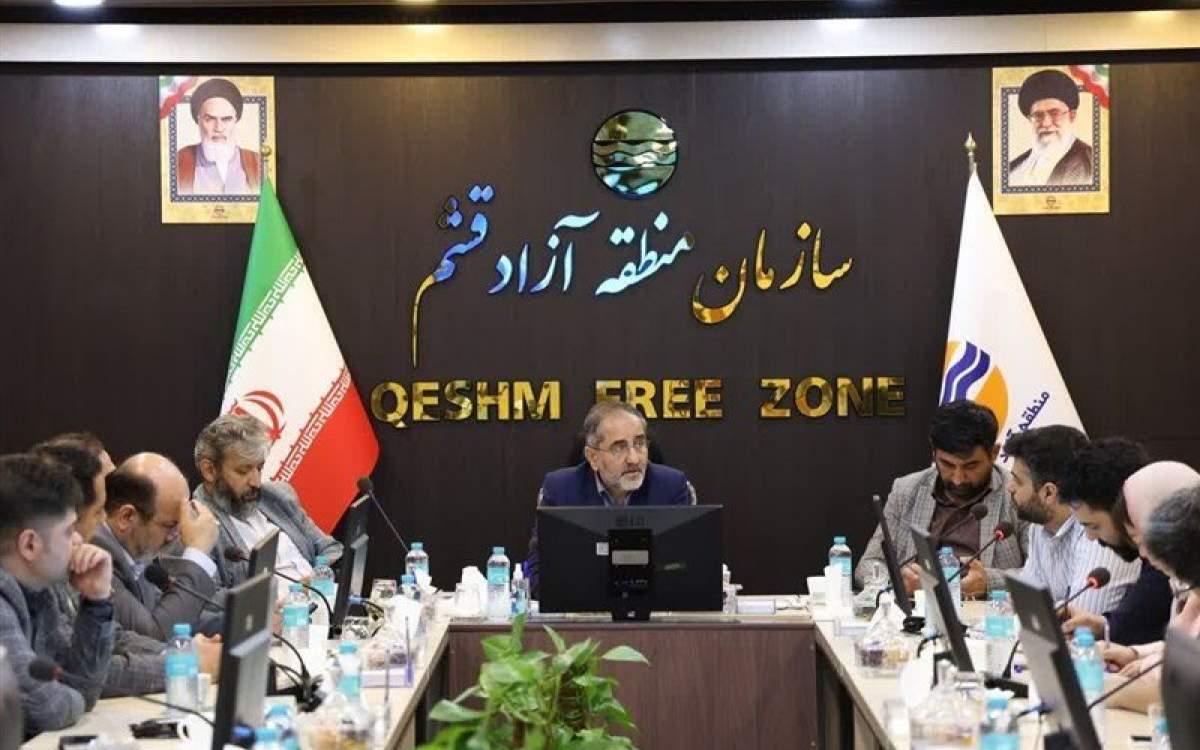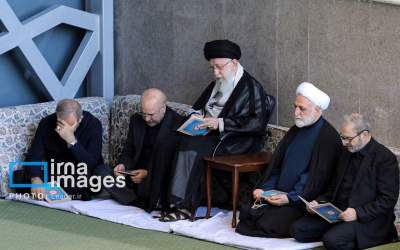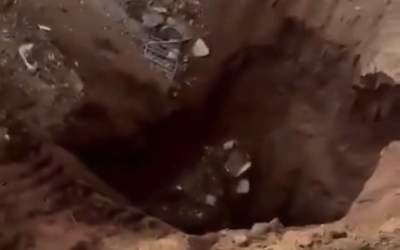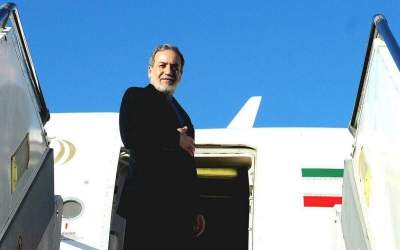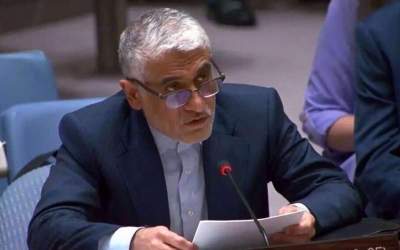The Iran Project
: The head of the Qeshm Free Zone Organization said Chinese investors welcome the investment packages introduced at Iran’s free trade-industrial zones, Tasnim News Agency reported.
Thursday 14 March 2024 - 14:07
Story Code : 417600
Source : Tehran Times
Chinese investors welcome Iran’s investment packages at free zones: Official
Speaking in a meeting with a Chinese investment delegation, he said the Qeshm Free Zone Organization welcomes foreign investors who wish to invest in various economic and tourism fields on the island.
He further noted that signing a joint memorandum of understanding between the Qeshm Free Zone and the SCO has provided a suitable ground to take advantage of the investment and economic opportunities of SCO’s member states in Qeshm Island.
In the meeting, the Chinese Investment Board put forward suggestions for the creation of a green transportation platform with the participation of companies producing electric engines, buses and cars.
Operation of the project for the development of Kaveh Port as one of the main parts of the Persian Gulf Communication Network and also cooperation with the Qeshm Free Zone Organization to create the pilot of one of the world's largest heavy industry companies were among other issues discussed in this meeting.
In late February, the Secretariat of Iran’s Free Zones High Council announced that contracts for offering 300 investment packages worth over €2.5 billion were signed with investors in seven of the country’s free zones in the first 10 months of the current Iranian calendar year (March 21, 2023-January 20, 2024).
The lands for the implementation of the investment projects have also been given to the investors, the secretariat stated.
Back in December 2023, the secretary of Iran’s Free Zones High Council said that 1,000 investment packages worth nine quadrillion rials (about €20 billion) have been prepared to be offered to investors in the country’s free and special economic zones.
Speaking to the press on the sidelines of the Second Eurasian Economic Union (EAEU) Exclusive Exhibition in Tehran, Hojatollah Abdolmaleki said: “The preparation of investment projects to introduce the country’s free and special economic zones to international economic operators and investors was put on the agenda since the beginning of the current [Iranian calendar] year (late March 2023).”
“Investment projects are considered as a tool to introduce the opportunities and advantages of investment in the country’s free and special economic zones to the economic operators. The preliminary studies of each of these projects have been done, the infrastructure has been provided and the necessary licenses have been issued,” Abdolmaleki explained.
According to the official, the mentioned investment packages have been unveiled in four stages since the beginning of the current Iranian calendar year, the last of which worth 2.5 quadrillion rials (about $5.0 billion) was presented in the EAEU exclusive exhibition.
The secretary of the Free Zones High Council emphasized that these zones are considered poles of economic progress, adding: “Free and special economic zones are frontiers of the country's international economy, and more than a third of the country’s non-oil exports were done from these zones.
The establishment of free trade zones (FTZs) in Iran dates back to the Iranian calendar year 1368 (March 1989 - March 1990) following the fall in the country’s oil income in the preceding year which prompted the government to promote non-oil exports.
The first two free trade zones of Iran were established in the south of the country. The first one was Kish Free Trade Zone established in 1368 on Kish Island in the Persian Gulf and the second one was Qeshm Free Trade Zone established the year after on Qeshm Island in the Strait of Hormuz.
Some five other free trade zones have been also established in the country since then, including Chabahar in southeastern Sistan-Baluchestan Province, Arvand in southwestern Khuzestan Province, Anzali in northern Gilan Province, Aras in East-Azarbaijan Province and Maku in West-Azarbaijan Province, both in the northwest of the country.
The development of existing free trade zones and the establishment of new FTZs has become one of the major economic approaches of the Iranian government.
Reporter : Editorial of The Iran Project
prev
next
Latest News
Most viewed
